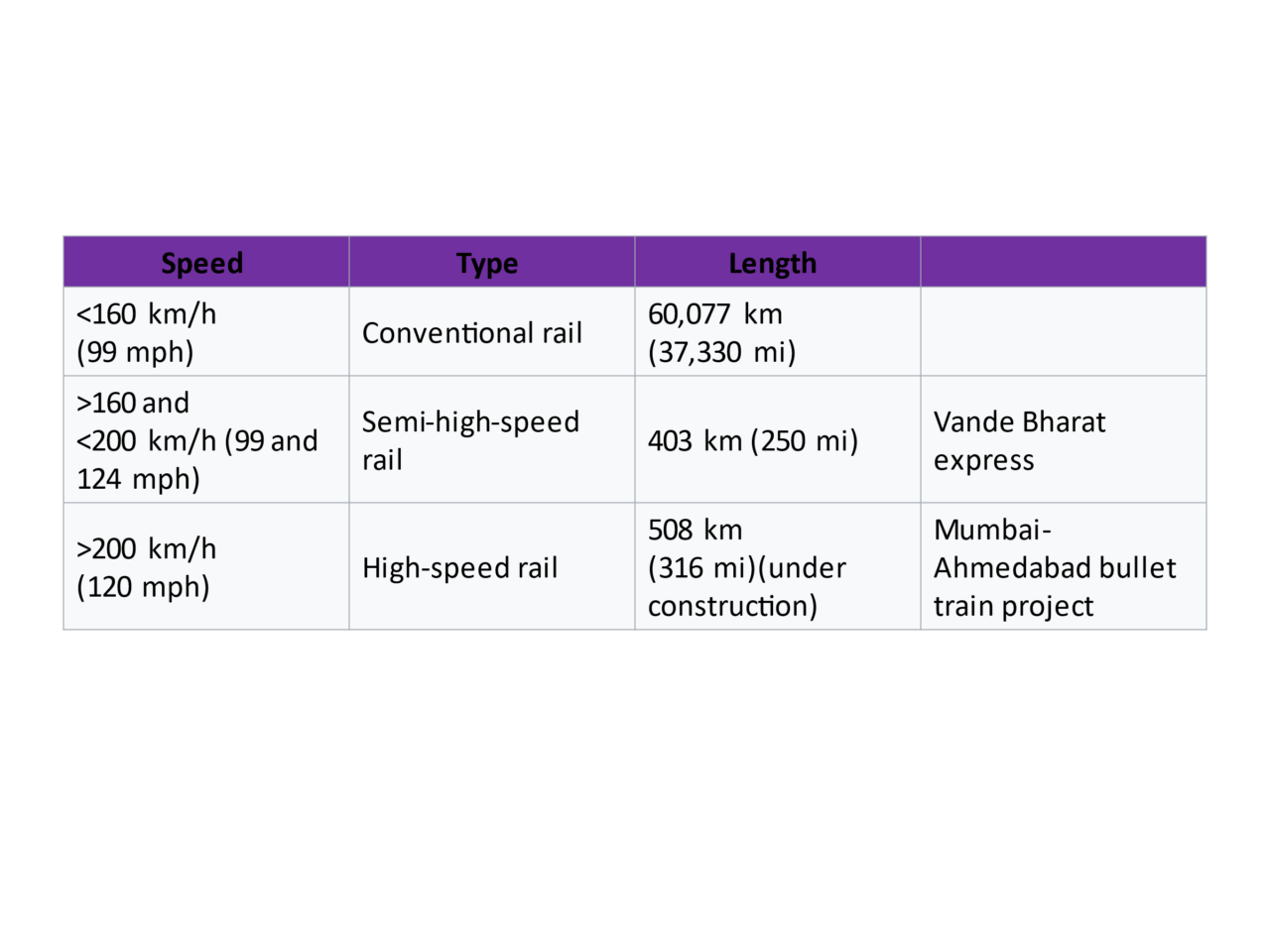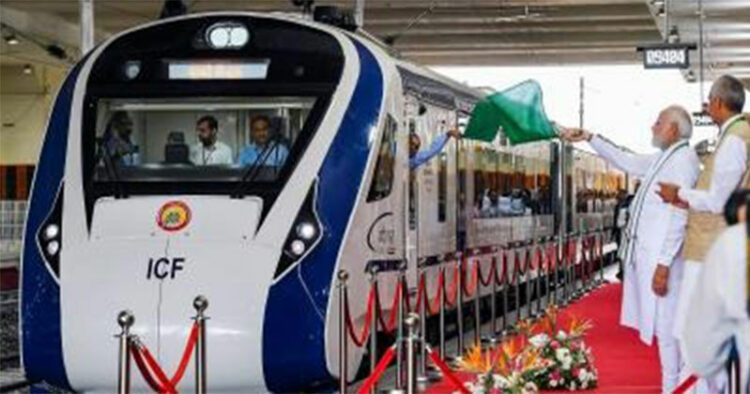With Indian Railways having a history of more than 150 years, being the largest passenger and freight carrier with 808 crore passengers who have travelled in 2020 and 1418 million tonnes of freight transported in 2022 it lagged behind in advances and technology until 2014. Time has come where India needs to develop its own technology rather than depend on transfer of technology (TOT) from others with whooping costs. There is a need for better, speeder transport between cities in India as a significant time is been wasted during the transport. During the 2014 elections, a diamond quadrilateral high speed rail project connecting all metropolitan cities was expressed.
With a vision in future after formation of Government, Prime Minister Narendra Modi led Government first thought on TOT of semi- high speed rail connecting cities and bids for train manufacturing have been called for.

In 2016, Spain’s Talgo trains performed trial run in Delhi- Mumbai route, because of various reasons like the cost, maximum speed the project was called off. Later the then Integral coach factory (ICF) general manager Sudhanshu Mani took the proposal to manufacture indigenous semi-high speed rail to the central ministry in 2016. Looking at the zeal and belief, PM Narendra Modi Government sanctioned Rs.200 crore to manufacture 2 trainsets at the ICF on a pilot basis.
Within a duration of 18months, the two trainsets were manufactured in 2018 and were named as “Train -18” with an operational speed of 180km/hr. Trial runs were successfully conducted between Kota and Sawai Madhopur, Rajasthan.
Train -18 was officially inaugurated on 15th February 2019 and was renamed as “Vande Bharat Express” in the Delhi- Varanasi route connecting metropolis with a spiritual centre. The regenerative brakes used in these trains saved 30% of electricity costs. On December 2019, with success of VB, the railway board approved for production of 45 new VB train sets by 2022. With COVID-19 pandemic, entering into the picture the annual production capacity didn’t pick up the pace and got delayed. Finance minister Nirmala Sitharaman in 2022 budget announced that 400 more VB trains will be manufactured in next 3 years.

Though more than 75% of VB train parts were indigenously manufactured, wheels, seats doors, transformers, processing chips were been imported initially. Predominantly wheels were imported from Ukraine and seats from Spain. With Russia-Ukraine war around 36,000 wheels for VB trainsets which are supposed to be delivered from Ukraine got disrupted. Indian railways hen hired SAIL (Steel authority of India) to produce 1 lakh wheels/ year along with an aim to build a factory which can manufacture 80,000 wheels/ year looking into the requirement in near future.
After the VB1.0 was rolled out , public usage and feedback the government decided to operate 75 new VB routes by august 15, 2023 to mark the occasion of 75 years of Indian Independence “Azadi ka Amrit Mahotsav”. VB express was upgraded on successful generations making them more lighter, more energy efficient, better doors, better reclining seats, Kavach signaling technology for safety purpose, disaster lights, centralised coach monitoring system, higher flood protection, bio-vacuum toilets, quicker acceleration-deceleration, better aerodynamic design to reduce air resistance , pneumatic suspensions to reduce jerk, sleeper coaches and tilt train technology.
With 4 years on from induction, from Trian 18- VB 4.0, India’s first semi-highspeed rail, home grown rolling stock from concept, design, engineering, manufacturing, validation, testing and execution was indigenously performed. Today there are 10 services actively running connecting 108 districts across 17 states with average seat occupancy of 99.97% in the first 8 pairs of VB trains ushering a new era of connectivity.

Under Atmanirbhar Bharat, Make in India Initiative, India is on the path of becoming Vishwa guru in the Amrit Kaal with the foresight of PM Narendra Modi and with a hope to export our Vande Bharat technology to other needy nations in the near future.
Vande Bharat train reflects the speed and scale of nation’s growth and a grand picture of modern Indian Prime Minister Narendra Modi.

















Comments